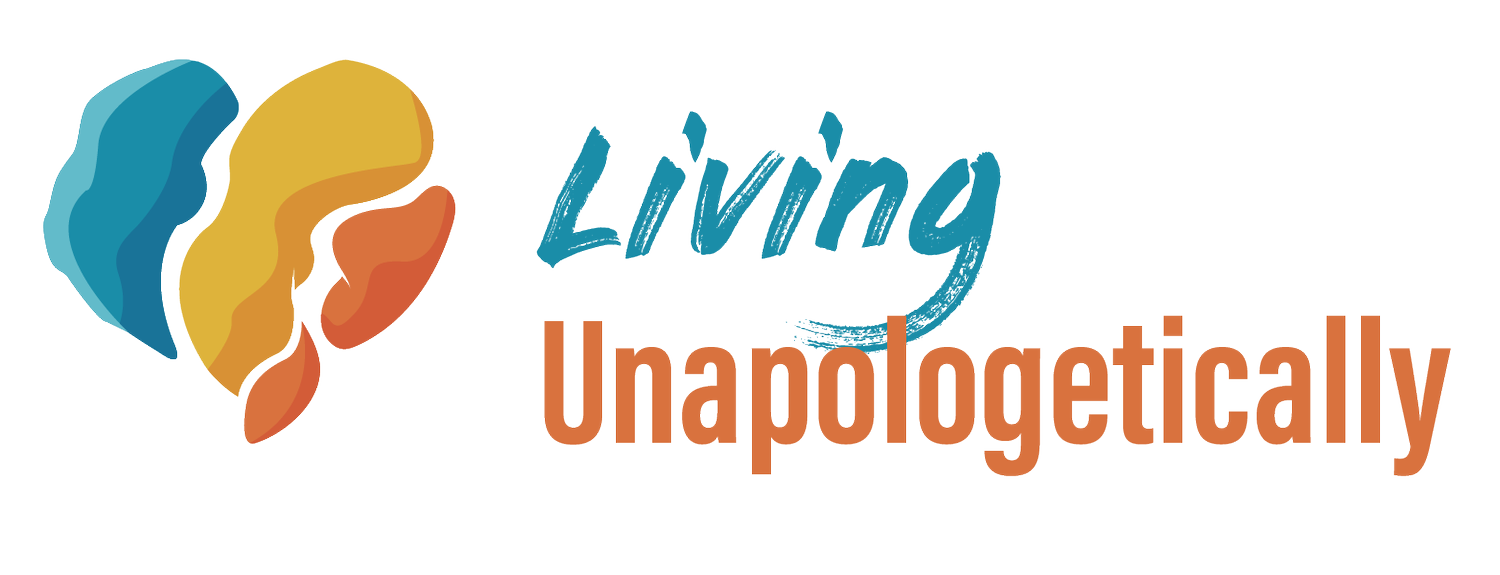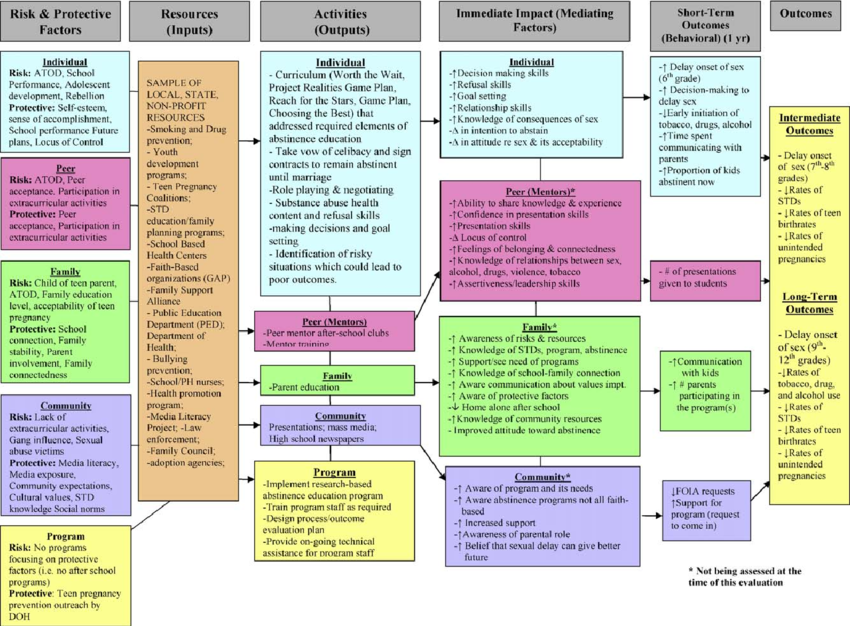Reimagining the Logic Model: How to Create a Strategic Plan with a Focus on Inclusivity
If you’re like me, my weekday meals involve whatever combination of grains, proteins, and vegetables I can pull into a quick and fulfilling meal. But on weekends, I pick a new recipe, set aside hours to gather and prepare my ingredients, follow the steps, check my progress along the way, and celebrate achieving the goal I set out for myself when I sit down to eat.
Just like this example, there are times in life when we can just wing it. We have an outcome in mind, and a vague sense of how we want to get there, so we dive in and figure it out along the way. Developing a strategic plan for equity, diversity, and inclusion is not one of those times - it requires thoughtful preparation and commitment.
An EDI strategic plan should involve a roadmap with a clear set of steps and the expected outcomes or required changes that will ultimately lead to the desired goal. While this may sound intimidating, the tools to do so are probably more familiar than you think.
WHAT IS A LOGIC MODEL?
Logic models give organizations a way to get clear about the impact they want to achieve. They are popular in mission-driven sectors because they tie activities and necessary changes in behavior or operations to desired outcomes or goals- like the example below. A more straightforward way to look at it is, are the things you’re doing leading to the result(s) you want?
Helitzer, Deborah & Hollis, Christine & Urquieta de Hernandez, Brisa & Sanders, Margaret & Roybal, Suzanne & Deusen, Ian. (2009). Evaluation for community-based programs: The integration of logic models and factor analysis. Evaluation and program planning. 33. 223-33. 10.1016/j.evalprogplan.2009.08.005.
Traditional logic models start at the micro-level and piece together how elements must come together to achieve your desired outcome. More recently, the tearless logic model flips that process and takes a macro look, asking organizations to start by a broad vision of impact and then fill in the components and systems that will get them there. This focus on broad impact makes it well-suited for EDI efforts.
ARE ALL LOGIC MODELS EQUAL?
In short, no. Consulting with a number of organizations on their EDI strategic plans made me realize:
We’re changing change - Taking on the important work of increasing EDI in your organization compels you to really think through what real change looks like. It challenges you to think about how behaviors, particularly toxic ones, have been embedded in our systems and, consequently, what needs to be done to dismantle them. The structured grid and logic model development is too restrictive for this process.
This is truly the beginning - typically logic models are a straightforward roadmap. Organizations develop them, follow them to completion, and move on. But as we’ve said before EDI work is a cycle, and even if this work is a very thorough way to lay the foundation, it is still the beginning of a longer effort.
Accountability looks different - logic models have historically been used to justify funding decisions or investments in certain programs. Organizations who wanted funding provided logic models as an accountability measure to funders for the sustainability of their operations. For EDI work, however, we are accountable to more than just funders. Staff and the communities they work with have just as much, if not more, stake in the results, and no tradition of logic models can fully capture that.
REIMAGINING THE LOGIC MODEL
While popular and useful, logic models also reinforce traditional standards of professionalism that are rooted in white supremacy. It is easy to get caught up in perfectionism, quantity over quality, a belief in one right way, and more when taking part in this process.
The nature of a logic model and how it is developed align with a particular skill set that favors a structured process. Those elements may have their place in the working world, but placing singular focus on them excludes individuals whose ideas cannot be expressed in this format. And excluding individuals from planning reinforces cycles of oppression, forces all employees to think about work a certain way, and undermines the very thing you are trying to achieve for inclusivity.
At the end of the day, this is a tool that will outline goals and match the activities that will get you there, so I think of logic models as strategic plans. Saying “logic model” builds a box around the necessary changes and intended impact that does not align particularly well with efforts to build a culture of EDI.
(C) Living Unapologetically 2021
HOW TO CRAFT LOGIC MODELS FROM A PLACE OF INCLUSIVITY
Once we understand the abstract value of why this process needs to be inclusive but wasn’t designed to be, we can get into the logistics of making it happen. How do we move forward with a plan that is inclusive, knowing that people have different experiences and ways of understanding that aren’t always reflected in standard work practices?
1 I START BY DECISING WHO WILL BE IN THE ROOM
Will it involve all staff members or will you just involve leadership? If it’s the latter, come up with a plan for how you will bring different voices into the room. Manage expectations for inclusivity among all stakeholders (leadership and staff) and be prepared to be held accountable.
2 I DECIDE IF YOU WANT TO USE A CONSULTANT
Consultants are useful as objective partners who can help drive, facilitate, and synthesize this strategic planning. They can also help you process stuck points as they arise.
3 I LAY A FOUNDATION OF KNOWLEDGE
Don’t assume everyone has had experience with a logic model or strategic plan. Taking the time to walk everyone through the process, the elements of the resulting plan, and why it’s important demonstrates a willingness to meet people at their level and helps uncover where everyone’s strengths can add value.
4 I MAKE A PLAN TO OPERATE WITH INCLUSION
Be very candid about how you plan to be inclusive and consider how often you plan to meet. Sharing this intention helps manage expectations from everyone involved and helps maintain accountability.
5 I RESPOND TO THE PROCESSING STYLES IN THE ROOM
Are people visual learners? Then use videos instead of relying solely on reading materials. Think of how you can design a brainstorm approach that is responsive to different learning styles to make the most of all the brains in the room.
6 I USE LANGUAGE EVERYONE CAN UNDERSTAND
Strategic work can get bogged down in jargon, and that alone is an exclusionary practice. Break down barriers and work from a place of equity and inclusivity with language that is easier to understand, e.g. say “behavior changes” instead of “intermediate outcomes.” You can even be direct and say, “what will people do differently.”
7 I AVOID HIDING BEHIND LANGUAGE
Similarly, given the emotional nature of EDI work, it can be tempting to use vague language to soften the subject matter. Avoid this and instead, name it. Be clear about what’s going and what you (and others) are trying to communicate.
8 I USE SMARTIE GOALS
Adding to the tradition of SMART goals (specific, measurable, achievable, results-oriented, and time-bound), SMARTIE goals add Impact and Equity to this planning, making sure that you take into account how much change is expected, explore what impact strategies may have on various people, and contributes to activities and decisions and consider who has access and whose needs are being met and how.
9 I BALANCE INTENTION WITH ACTION
There is a real danger and disadvantage to moving too quickly in an EDI strategic plan. But it is equally harmful to wait until a strategic plan is created before implementing some changes. Employees who are suffering from the trauma of oppression in work environments cannot afford to wait for things to improve.
10 I COMMUNICATE, COMMUNICATE, COMMUNICATE
Close the feedback loop by giving updates and being transparent. Do this with the full organization to get feedback and insight from everyone in real time.
11 I THINK ABOUT THE FUTURE
This also takes into account that the work does not end when the strategic planning ends. When the plan is developed, you must think through how to operationalize the plan. For example, will the work be divided into committees? How often will they meet and what are the expectations for getting the work done?
WHAT TO EXPECT IN THE PROCESS
Like anything else on the EDI journey, approaching a strategic plan this way will surface strong feelings. It will challenge what you know, but what you know is also rooted in traditional standards of professionalism, and now is the time to move beyond those standards in the name of inclusivity.
One of the most common reactions is impatience. Following the steps to make the process as inclusive as possible will take longer than traditional strategic planning efforts because of the number of voices and perspectives that must be considered. The other emotion that comes up is fear of conflict. Working on an EDI strategic plan will inevitably surface past hurts, and it is tempting to push past these “stuck points” that arise in the name of completing the task of strategic planning. Instead, being inclusive means taking the opportunity to address issues in the moment, recognizing that the work cannot continue until there has been time to process previous conflicts.
Embrace this! This flies directly in the face of the sense of urgency and quantity over quality common in traditional standards of professionalism. You are dismantling systems to dismantle systems, and that is the first step.
Contact us if you’re ready to try a new approach to DEI in your organization.
Charmaine is a Relational DEI expert who sits at the intersection of thinking, feeling, and doing. She is an author, facilitator, skill builder, safe-space holder, family member, partner, and friend. And in all of those, her DEI lens is in constant use. Charmaine uses a social justice lens to help clients explore their individual and organizational needs amidst the backdrop of power, privilege, and oppression. You can access her book (Bias-Conscious Leadership), guided meditations, free tips sheets & guides, and blog posts on her website, www.livingunapologetically.com.






